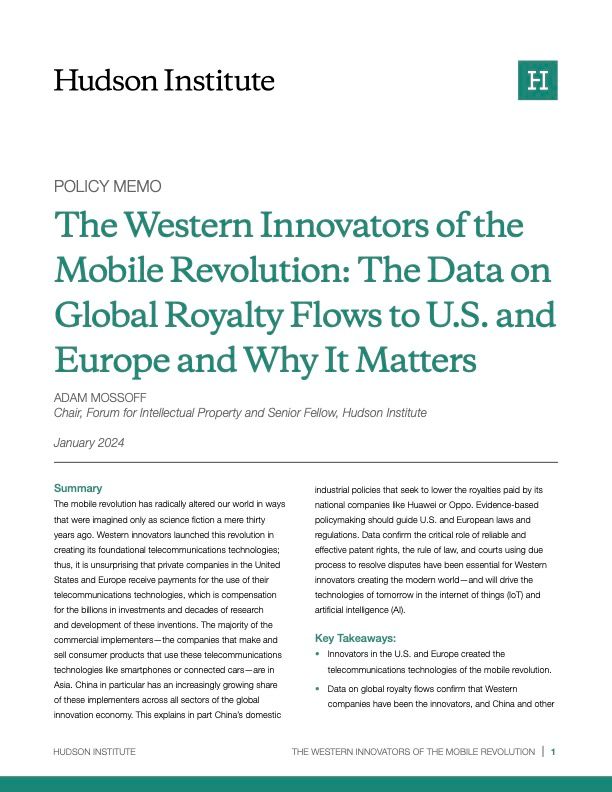Abstract
The development of technological standards, such as the fifth generation (“5G”) cellular standard, requires cooperation and coordination among hundreds of companies and thousands of engineers. However, not every participant contributes in the same proportion to the creation of a standard. We examined the 3rd Generation Partnership Project (“3GPP”) — a partnership of seven global standards-development organizations that develops protocols for mobile telecommunications — and found that a small group of companies, which represents 1 percent of 3GPP members, is responsible for over half of the contributions made to the 3GPP in relation to the development of 5G. There is then a large number of 3GPP members that make only minimal contributions, if any at all. Although there is a large heterogeneity among contributions in terms of their inventive content, these data suggest that only a few companies make risky investments in R&D to develop the technologies that are used to build cellular standards. Yet, when successful, those investments benefit not only all 3GPP members but also the industry and society more broadly.







